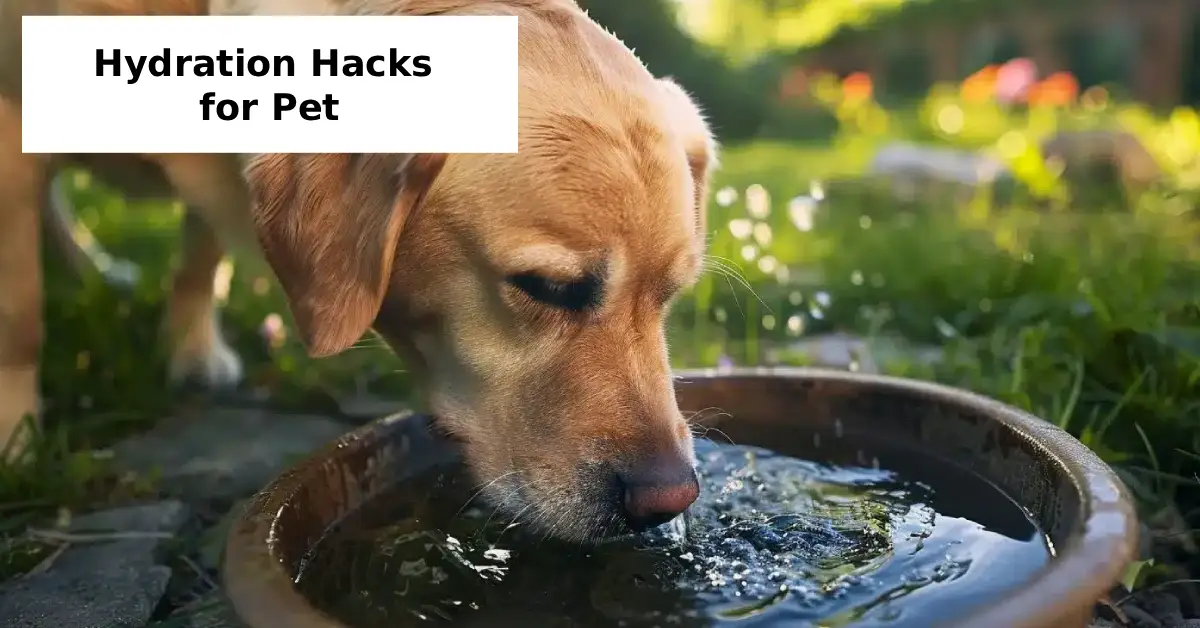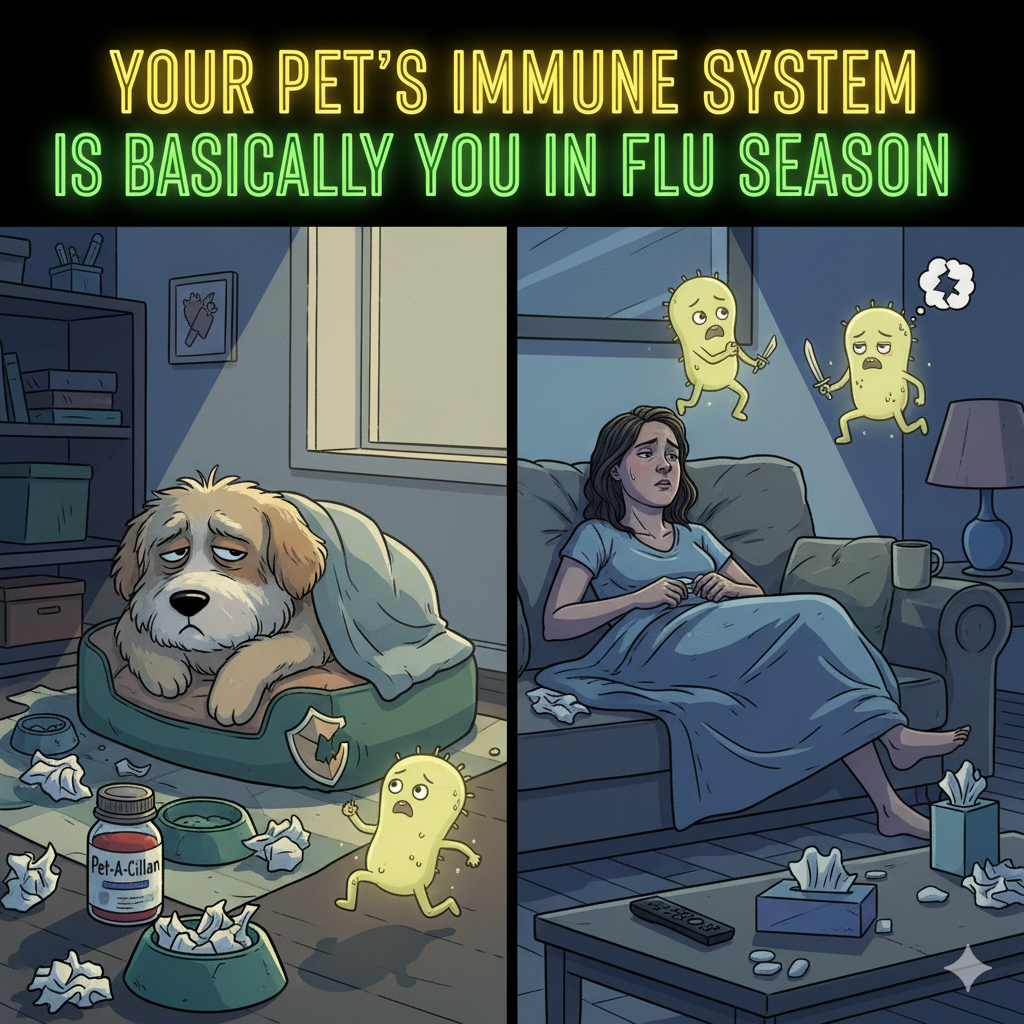Keeping pets hydrated is a vital part of maintaining their overall health and wellbeing. For pet owners in the United States, especially dog and cat owners, knowing how to keep pets hydrated during warmer months is essential. Proper hydration supports your furry friends’ energy, digestion, and prevents dehydration-related health issues. This blog offers expert-backed pet hydration tips that ensure your pets stay healthy and happy year-round.
Why Hydration for Dogs and Cats Matters
Hydration plays a critical role in pets’ health. Water supports vital functions such as regulating body temperature, promoting healthy skin and coat, maintaining kidney function, and flushing out toxins. Pets that do not drink enough water risk dehydration, which can lead to serious complications including urinary tract infections, kidney stones, and overheating—especially in summer. Recognizing signs of pet dehydration early is crucial for prevention and care.
1. Provide Fresh Water Constantly
One of the simplest yet most effective pet hydration tips is to always offer fresh, clean water. Change water bowls at least once a day, or more frequently during hot weather, to keep water appealing. Pets are more likely to drink regularly if they have constant access to fresh water. Avoid stagnant or dirty water that might deter them.
2. Choose the Best Water Bowls for Pets
The container your pet drinks from can influence their water intake. The best water bowls for pets are made from materials like stainless steel or ceramic, which are easy to clean and do not retain odors. Some pets prefer wide, shallow bowls while others like deeper ones—observe your pet’s preference to encourage drinking. For cats, water fountains stimulate interest and provide flowing water, which some felines find more enticing.
3. Incorporate Wet Food for Pets
A great way to boost your pet’s hydration is by integrating wet food into their diet. Wet food for pets contains a substantial amount of moisture, which supplements their total water intake. This is especially helpful for cats, who often drink less water naturally. Wet food also tends to be more palatable and hydrating during summer.
4. Use Portable Pet Water Bottles on the Go
For active pet parents who take their dogs or cats on hikes, walks, or road trips, portable pet water bottles are a practical solution. These bottles are designed for easy dispensing of water anywhere, ensuring your pet remains hydrated wherever you go. This minimizes stress on the animal and helps prevent dehydration when away from home.
5. Offer Pet Electrolyte Supplements
Just like humans, pets can benefit from electrolyte supplements when they are overheated, ill, or very active. Pet electrolyte supplements help replenish essential minerals lost through sweating or panting, aiding in hydration and recovery. Consult your veterinarian before introducing these supplements to make sure they are right for your pet’s needs.
6. Teach and Encourage Drinking Habits
Sometimes pets need encouragement to drink more water. Try adding a few ice cubes to their water bowl for a cool, refreshing treat, or flavor the water slightly with low-sodium broth. This can make water more enticing. Some pets respond well to having multiple water stations around the house for easy access.
7. Monitor Signs of Pet Dehydration Regularly
Pet owners should be vigilant about recognizing signs of pet dehydration. Symptoms can include dry gums, lethargy, sunken eyes, loss of skin elasticity, and reduced urination. Early detection and prompt action can prevent serious health issues. Keep a close eye on your pets, particularly during summer or if they have medical conditions.
8. Maintain Preventive Care with Regular Vet Visits
Regular veterinary check-ups help maintain your pet’s hydration status by identifying any underlying health issues that could impact their water intake or hydration levels. Discuss any concerns about your pet’s hydration with the vet to get personalized advice and avoid complications.
Summary
Incorporating these pet hydration tips ensures your furry friends stay hydrated, healthy, and energized. From providing fresh water and choosing the best water bowls for pets, to offering wet food and pet electrolyte supplements, these practical hacks are easy to implement. Whether you are seeking guidance on pet water intake or hydration for dogs and cats during summer, these tips serve as a comprehensive guide for pet owners in the United States who want the best for their companions.
For those interested in additional preventive care insights, topics like [dog allergy symptom care] can also be important resources to explore alongside hydration practices.





